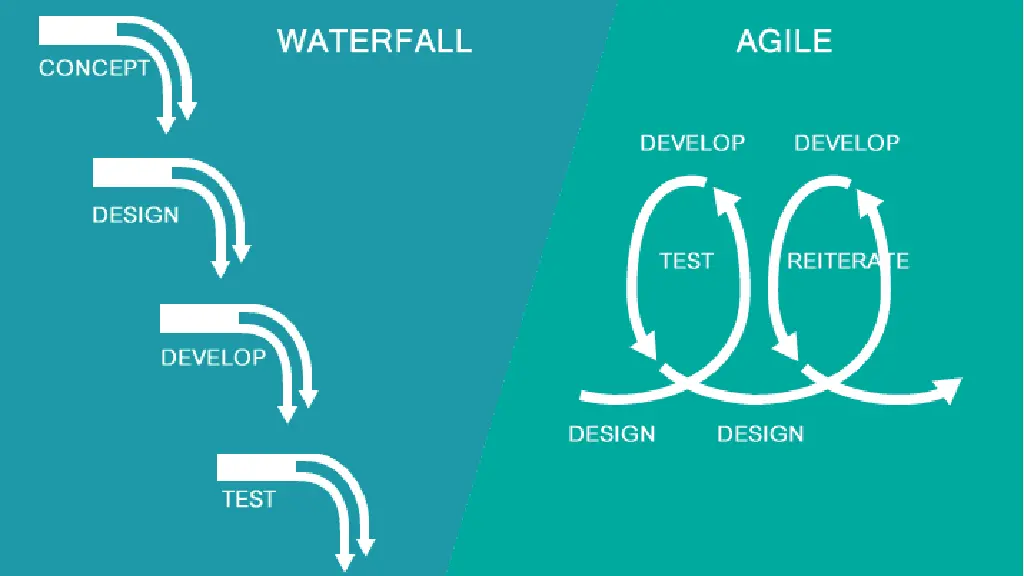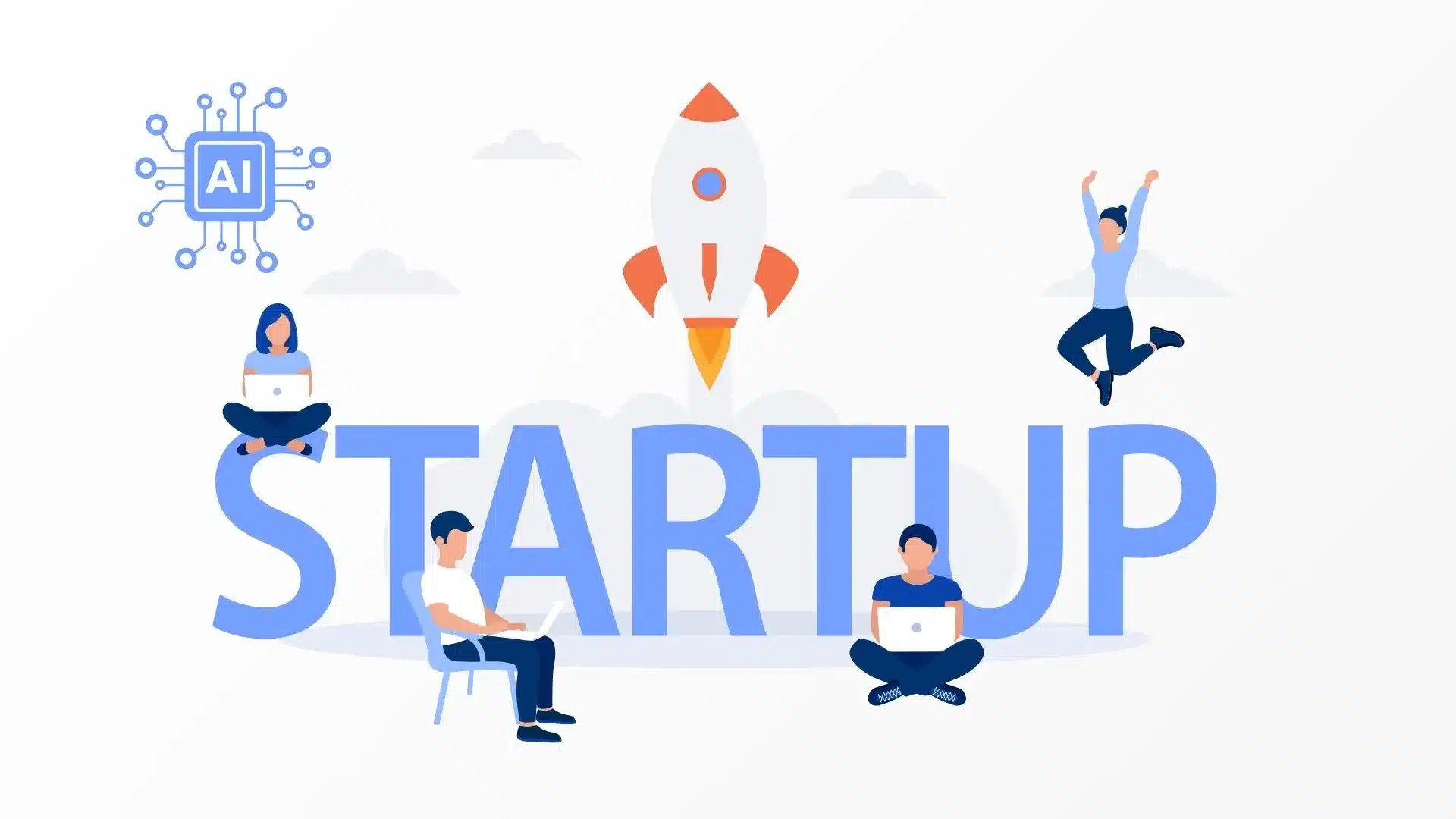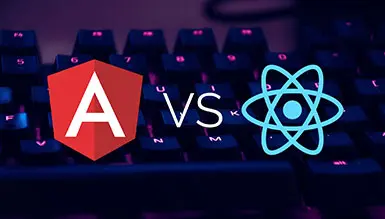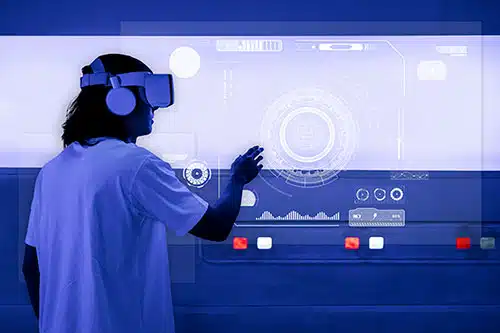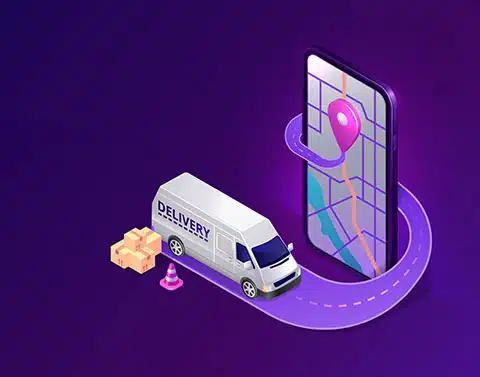Agile vs. Waterfall Product Development
One of the most common and vexing questions in the tech world is whether to choose Agile Application Development or Waterfall Product Development when developing software. Both have advantages and disadvantages for software product development. But one thing which appears to be consistently true is the need for a method of some kind. Technologists tend to prefer Agile, though it’s not always best for business, but they always prefer using some sort of method rather than nothing. The end results are always better, too. Using any methodology is more efficient than using none.
Overview of the Methods
Waterfall
Waterfall is the older, more traditional method. Its roots lie in the 1950s, when software was in its infancy and was developed using methods similar to those used to develop hardware. Most software at that time was developed for government, and especially military purposes, and this method is still highly suitable for bureaucratic, top-down organizational structures.
The stages of Waterfall development are as follows:
- Requirements— Information is gathered about user needs and transformed into tight system specifications.
- Design— The hardware and software requirements, and overall architecture are drawn up and documented.
- Implementation— Code is drawn up and tested.
- Testing— Code is tested to make sure it works as planned. Anomalies are reported and fixed.
- Deployment— The product is deployed into the market or other environment where it is to be used.
- Maintenance— Release regular bug fixes, improvements and technologically driven updates.
In Waterfall, one phase must always follow the preceding one only when the preceding one has been fully completed.
Agile
Agile gets its name from the famous 2001 Agile Manifesto, written by software developers, though its roots stretch back to the 1950s. These methods could be broadly described as “Agile.”
Agile application development is iterative and evolutionary. It proceeds through iterations or sprints, short periods of time lasting from 1 to 4 weeks. During each iteration, cross-functional teams handle all of the functions that are so rigidly stacked together under Waterfall: planning, analysis, design, etc.
The Agile method emphasizes efficient communication among team members, preferably in person and face-to-face. It also emphasizes keeping the lines of communication open with stakeholders, especially clients. It is typical to have a team member who can represent clients at meetings.
As one would expect from its name, all these features are meant to keep Agile flexible, to adapt quickly to change. It is supposed to have an edge in responding to changes in customer demand, market conditions, and the like.
Stacking Them Up
Agile and Waterfall each have pluses and minuses for product development. Waterfall is more straightforward and works well for smaller projects with fixed goals. It typically results in faster delivery, more thorough documentation, and can more easily be adapted to a change in teams.
However, it doesn’t work as well for larger projects, or for projects without clear, fixed goals known at the outset. Waterfall is not as flexible as Agile, and it’s difficult to go back and make changes once a phase is passed. Also, since testing only happens at the end of the process, bugs are more likely and more expensive to fix.
Agile, on the other hand tends to do a better job of motivating software developers and involving clients. It does a better job of maintaining and improving quality, and its incremental nature helps team members and clients all distinguish clearly between what is finished and what isn’t.
Agile’s flexible and iterative mechanism allows companies to more readily adjust to changing market conditions. It can process feedback in a repetitive way so as to maximize efficiency and minimize errors. It tends to create more user friendly results and to respond more quickly to consumer needs.
Conclusion: Which Is Best for Me?
Product development is forever evolving process. The industry today changes every moment and the products must be looked and re-looked with every iteration to match the changing market and technology needs. While waterfall may be good for very small projects where the scope of the work will hardly change, the agile is the recommended method for commercial software product development.
Our experts can help you in developing your next world class apps.
